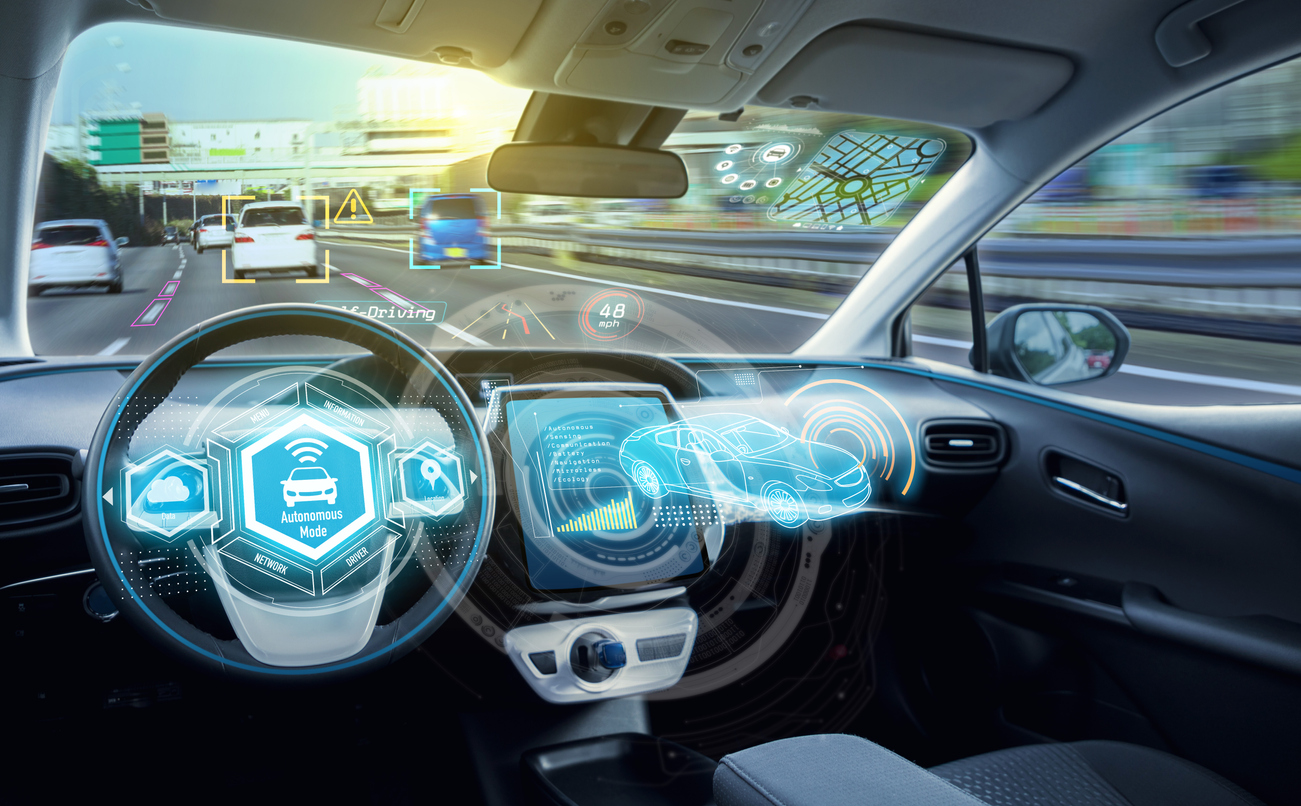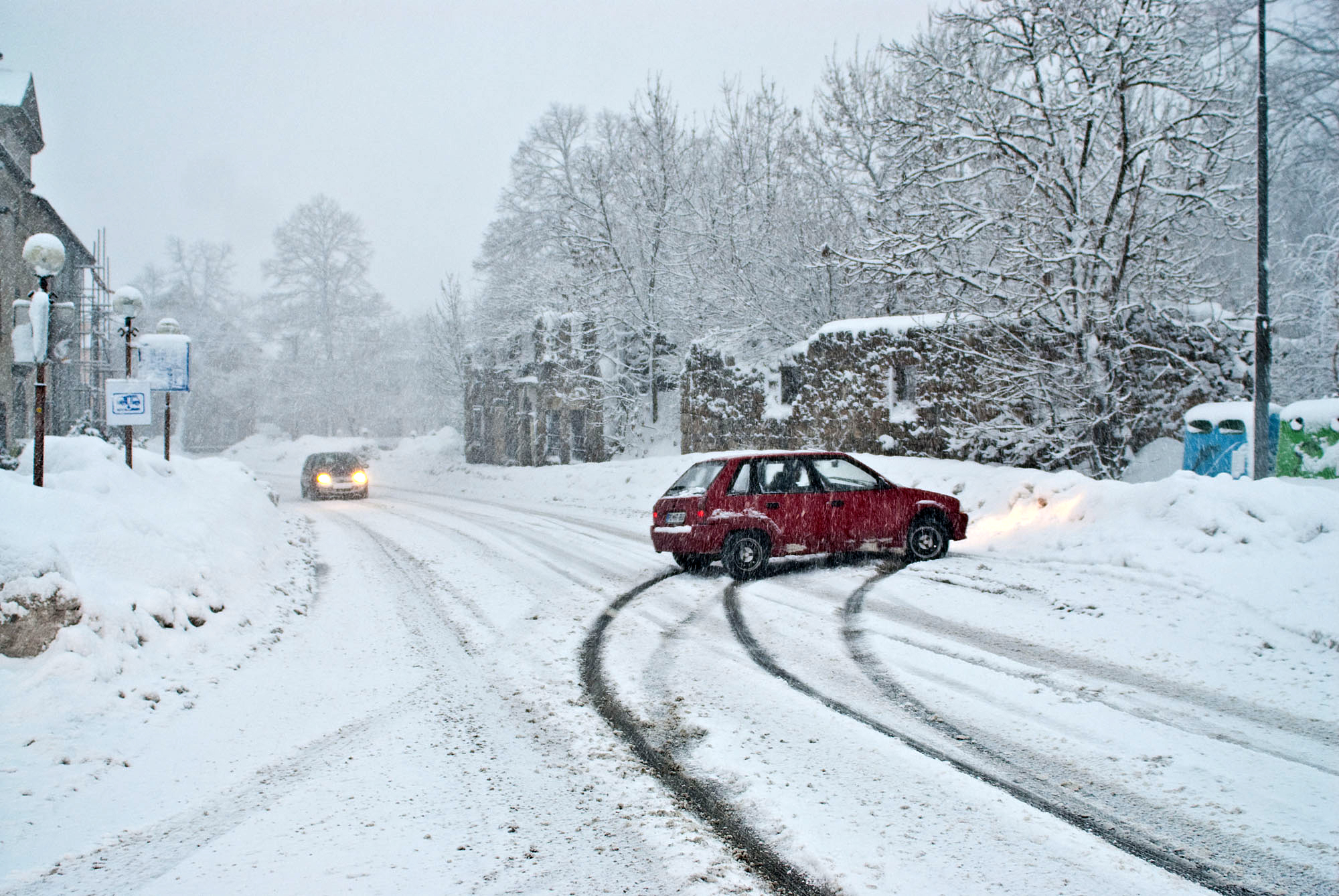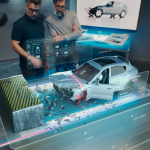Car safety systems have come a long way, evolving from basic seat belts to sophisticated technologies that assist drivers in avoiding collisions. These advanced driver assistance systems (ADAS) leverage sensors, cameras, and other technology to enhance safety and convenience. Two critical safety features include Automatic Emergency Braking (AEB) and Forward Collision Warning (FCW), but how effective are these systems in preventing rear-end crashes with other vehicles?
Studies have shown that the technology, although beneficial, does not perform uniformly across all situations, scenarios, weather conditions, lighting, and target vehicle types. A driver who does not understand the systems’ limitations, whether published or unpublished by the manufacturer, may be too inclined to rely on front crash prevention technology to avoid a collision while they are knowingly distracted. While examining certain rear-end crash investigation cases in the past, our experts at CED have concluded that the equipped collision mitigation technology did not intervene to avoid contact, and explained why it did not and/or would not be expected to under the subject conditions.
When it comes to assessing the effectiveness of safety systems, forensic engineers play a pivotal role. In the case of a motor vehicle crash, CED’s engineers document the scene with photographs, digital laser scans, videos, and measurements. Environmental conditions, including weather at the time of incident, are also analyzed, and taken into consideration. The involved vehicles are analyzed in depth with documentation of physical damage and retrieval of electronic data stored within various modules. If there is cause for concern, the engineer will advise if further investigation is necessary or if the equipment itself did not cause or contribute to the crash. As modern occupant safety components are often highly integrated into the vehicle's electrical system, the involved parties will typically want to keep a vehicle intact unless there is a clear issue with a component that warrants further investigation.
Our forensic engineers meticulously analyze vehicle collisions, including incidents involving pedestrians, bicyclists, motorcycles, and heavy commercial vehicles. We reconstruct the sequence of events leading up to the accident by examining physical evidence, vehicle damage, and site conditions. Cutting-edge 3D scanning technology and software are used to create accurate reconstructions and imagery. Our engineers assess safety features such as airbags, seatbelts, and braking systems. We investigate vehicle control components such as brakes, tires, and steering systems to determine their role in crashes. Assessing vehicle design flaws or manufacturing defects is also part of our expertise. Our team of experts are ready and available to provide assistance and support with your next case or claim.






